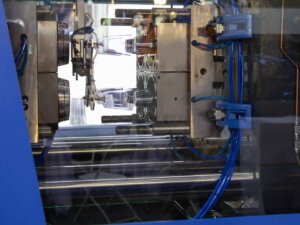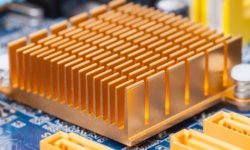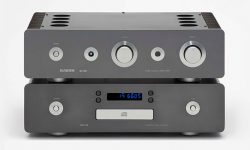Creating a medical device is an enticing prospect. Although competitive, the medical device market can be extremely lucrative, with innovative devices capable of making millions for their creators. Needless to say, such devices can also save lives.
But designing a medical device takes a lot of effort. There are more considerations, potential pitfalls and stringent regulations than in many other markets, so businesses looking to launch a product often face a long and demanding journey before their creation finds its way into shops, hospitals or pharmacies.
There is no guaranteed method for succeeding in the medical device market, but, with the help of prototyping companies and machine shops, it is now easier than ever to get one’s foot in the door.
Analyze the market
For companies new to the medical device industry, it is important to analyze the market in order to see where an opportunity may arise.
Established medical device companies — GE, Philips, DePuy Synthes, etc. — can use their reputation to sell products, even if they are not necessarily breaking new ground. For a new company to beat the established competition, however, it needs to find a fresh angle.
This needn’t always involve creating an entirely game-changing product. Market research often reveals surprising gaps in the market; identifying those gaps and developing a product to fill them is the first step in creating a successful medical device.
Evaluate manufacturing processes
There are several ways to turn medical device designs into physical products. With metal implants, for example, traditional machining processes are now supplemented by alternatives such as 3D printing or additive manufacturing.
The shape, material and end use of a medical device will all determine the process or processes needed to realize it. Solid shapes that demand high strength are often suited to machining from a solid piece of metal, while parts with complex or partially hollow interior section are often suited to additive manufacturing.
Choosing a manufacturing process is linked with choosing a material or materials for a medical device. This is particularly important for medical devices that will be used on or inside a patient’s body, such as a hip implant or pacemaker, which must be biologically safe.
Consider medical device regulations
All medical devices, from handheld tools, to complex monitoring devices, to pacemakers, are subject to strict regulation. Without such regulation, companies would be permitted to launch inferior and ineffective products that could potentially harm patients. Regulation ensures all medical devices meet the required standards and reduces risk to the eventual beneficiary of the device.
Unfortunately for creators of medical devices, that means there can be a lot of legwork to get a product approved for use. The International Organization for Standardization (ISO) and International Medical Device Regulators Forum (IMDRF) both have regulations that medical device manufacturers must observe… and that’s just the beginning.
Manufacturers must also consider regulations particular to the specific countries in which the product will be launched. In the United States, for example, medical devices must go through the Food and Drug Administration (FDA), which works to ensure that medication, foods and even physical medical devices are fit for purpose. Other countries have similar regulatory bodies.
Test thoroughly
Of course, even if a product appears to function and meet required regulations, it must always go through a rigorous testing procedure before it can be taken to the next stage of development. Testing should be carried out throughout the entire development process, in order to ensure the functionality and safety of the device, and to allow the designer to eliminate design flaws at the earliest possible opportunity.
Companies should devise a comprehensive test strategy, which should recognize deadlines, geographical target markets and any third parties that will be responsible for conducting or assisting with the testing.
Importantly, medical device companies must also consider whether their proposed testing procedures are appropriate and sufficient for the device in question. There are additional regulations in place designed to ensure that new medical devices undo the correct test procedures.
Consult an expert
When creating a prototype for a medical device, it is important to work with a partner with experience in the field of medical device manufacturing.
3ERP is one such expert. Having worked with the likes of Beckman Coulter, GE Healthcare, Philips Healthcare and Becton Dickinson, 3ERP has produced a vast array of medical products, including handheld devices, surgical tools, anatomical models, X-ray equipment, MRI scanning equipment and more.
Contact us to find out how we can turn your medical device designs into a physical product.







